Weight training is more than just “lifting weights.” There are several distinct types of lifting styles, each designed with specific goals in mind—whether it’s building muscle, increasing strength, improving endurance, or enhancing power. Understanding the different types of weight lifting can help you choose the right style to fit your goals and experience level.
1. Bodybuilding (Hypertrophy Training)
Goal: Muscle size and aesthetics
This method focuses on higher volume and controlled movement to increase the size of muscle fibers. Typically, it involves:
-
8–12 reps per set
-
Moderate to heavy weights
-
Short rest periods (30–90 seconds)
Bodybuilders train individual muscle groups with high frequency to create balanced development and definition.
2. Strength Training (Powerlifting Style)
Goal: Maximum strength in core lifts
This method revolves around the big three: squat, deadlift, and bench press. It involves:
-
Low reps (1–5)
-
Heavy weights (85–100% of 1RM)
-
Long rest periods (2–5 minutes)
The emphasis is on raw strength rather than muscle size, though size gains often follow.
3. Olympic Weightlifting
Goal: Power, speed, and technique
A sport-specific form of lifting involving complex, explosive movements like:
-
The Snatch
-
The Clean and Jerk
Olympic lifting requires flexibility, coordination, and high skill. It improves full-body power and athletic performance.
4. Cross-Training (Functional Weight Workouts)
Goal: General fitness and performance
Popularized by CrossFit, this style combines lifting with cardio and functional movements. It usually involves:
-
High reps, moderate weight
-
Timed or circuit-based formats
-
Compound, multi-joint movements
It enhances endurance, strength, and agility in a single session.
5. Circuit Training with Weights
Goal: Muscle tone and fat loss
This method involves moving quickly from one weighted exercise to another, with little to no rest. It:
-
Keeps the heart rate up
-
Involves light to moderate weights
-
Is effective for metabolic conditioning
Perfect for those looking to build strength and burn fat at once.
6. Powerbuilding
Goal: Blend of size and strength
Powerbuilding combines the heavy lifting of strength training with the volume of bodybuilding. It’s a hybrid approach that helps you get strong while also looking muscular.
7. Resistance Band and Machine-Based Weight Training
Goal: Beginner-friendly strength development
Using machines or resistance bands can be a safer and more controlled way to build strength, especially for beginners or those rehabbing an injury. It isolates muscles and reduces the risk of improper form.
8. Calisthenics with Added Weight (Weighted Bodyweight Training)
Goal: Advanced body control with added resistance
Once you’ve mastered bodyweight movements like pull-ups or dips, adding weight with a vest or belt can increase the challenge. This improves strength while retaining mobility and control.
9. High-Rep Endurance Lifting
Goal: Muscular endurance
This style focuses on:
-
Light weights
-
High reps (15–30+)
-
Minimal rest
Often used in group classes or rehab settings, this method improves muscular stamina more than strength or size.
My Experience and What I’ve Learned
I remember training a client in her late 40s who’d never lifted weights before. She thought lifting was only for bodybuilders or athletes. We started with machine-based resistance and slowly introduced dumbbells and compound lifts. Within six months, she was doing deadlifts and squats with confidence, and her posture, strength, and energy had drastically improved. The key was finding the right type of training for her needs, then progressing thoughtfully.
Which Type of Weight Training Is Right for You?
It depends on your goal:
-
Muscle size? Bodybuilding.
-
Strength? Powerlifting or powerbuilding.
-
Fat loss and fitness? Circuit or functional training.
-
Athletic performance? Olympic lifting or CrossFit.
-
Low-impact start? Machines or resistance bands.
Whatever your goal, there’s a type of weight training that fits. The best approach is one that’s sustainable, enjoyable, and effective for you.
Final Tip: Start with the basics. Learn the movements, master your form, and don’t rush. Progress will come—with consistency, proper rest, and the right type of training.




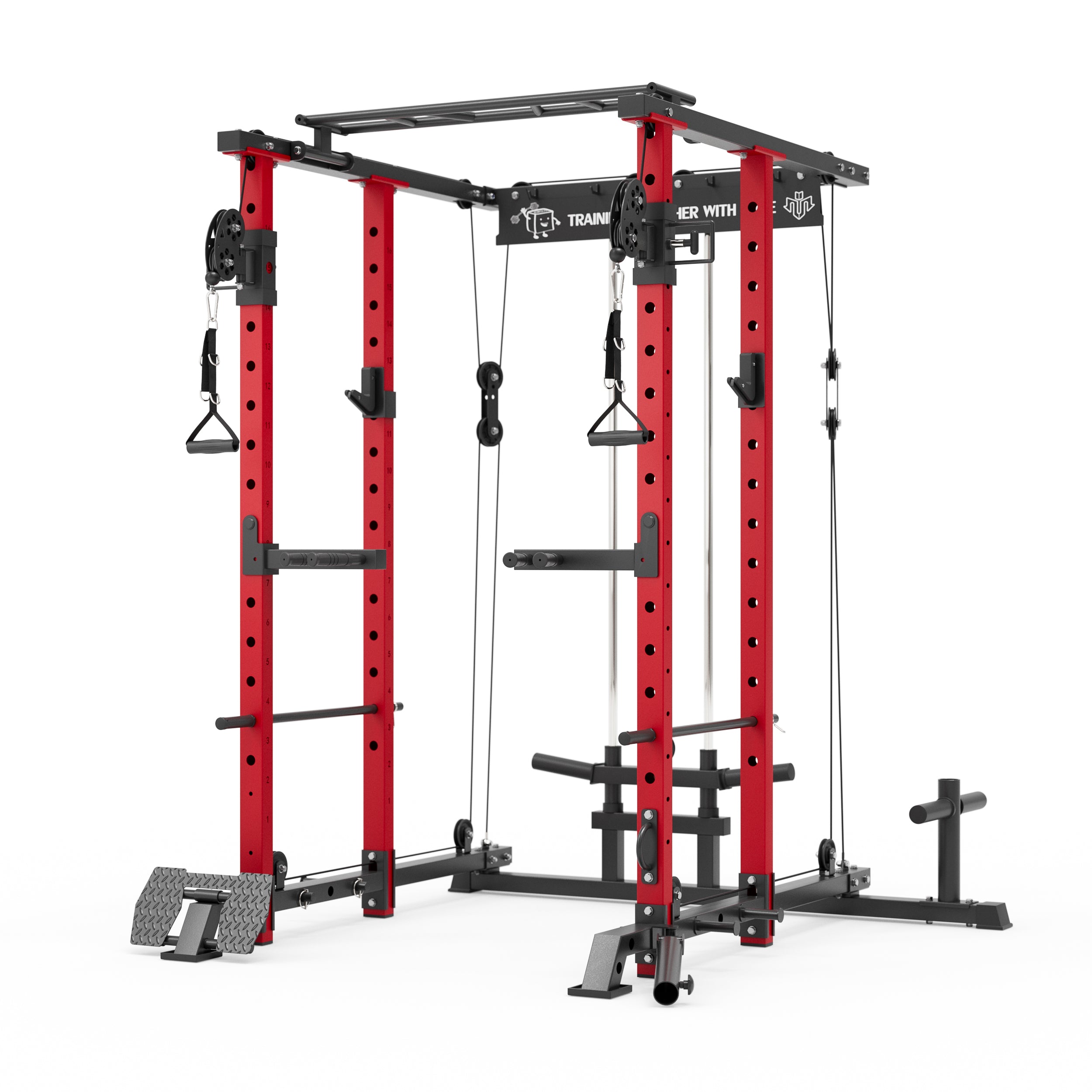


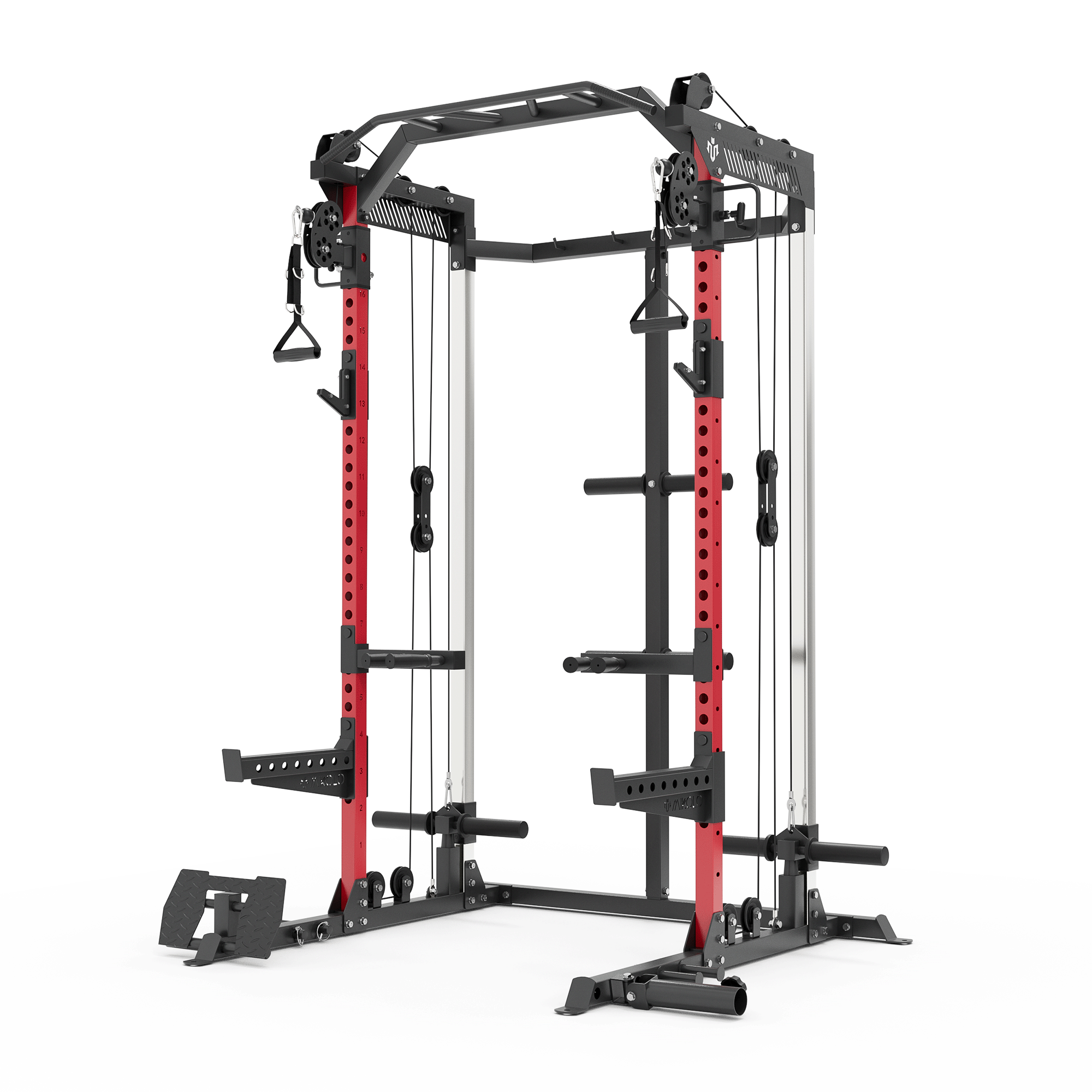


















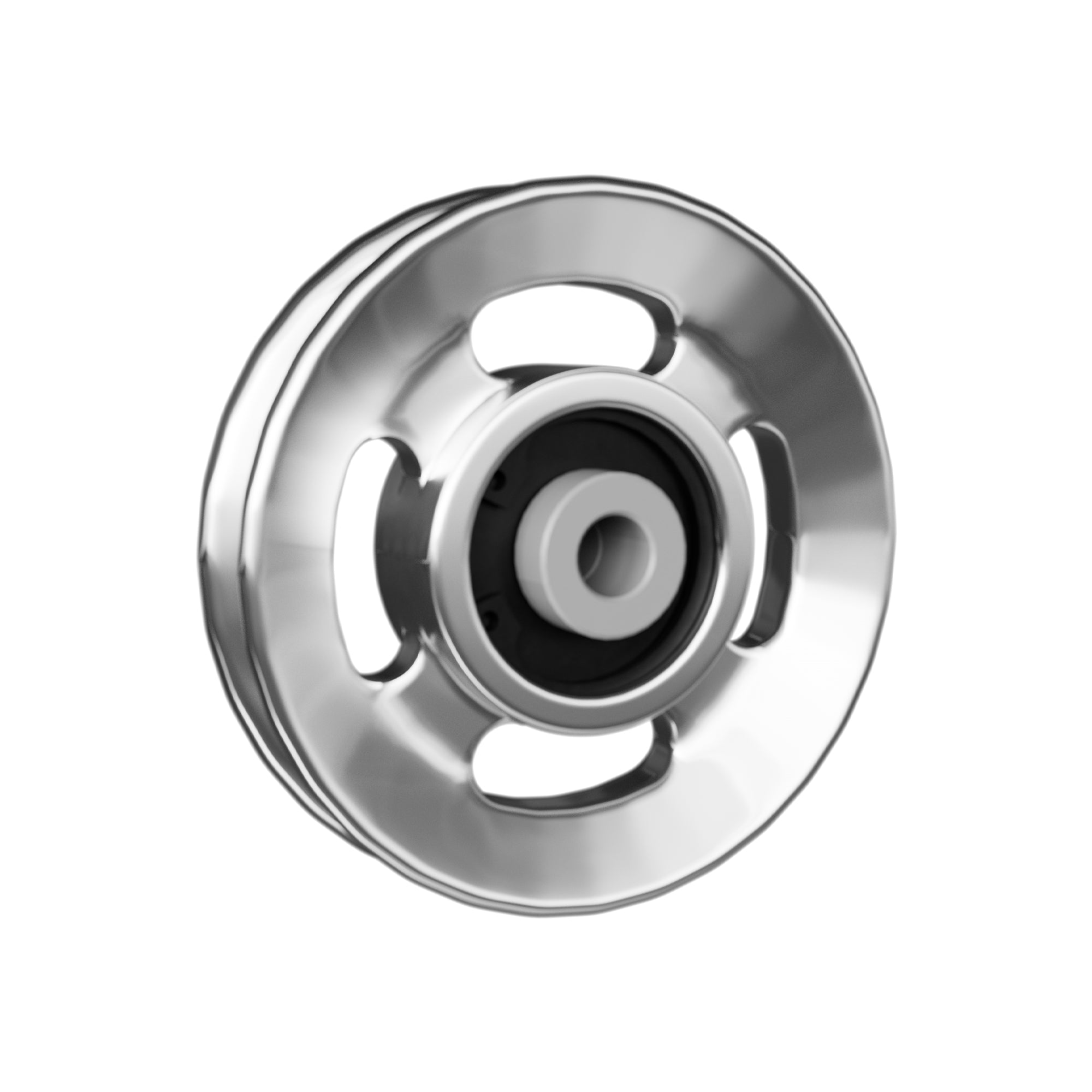



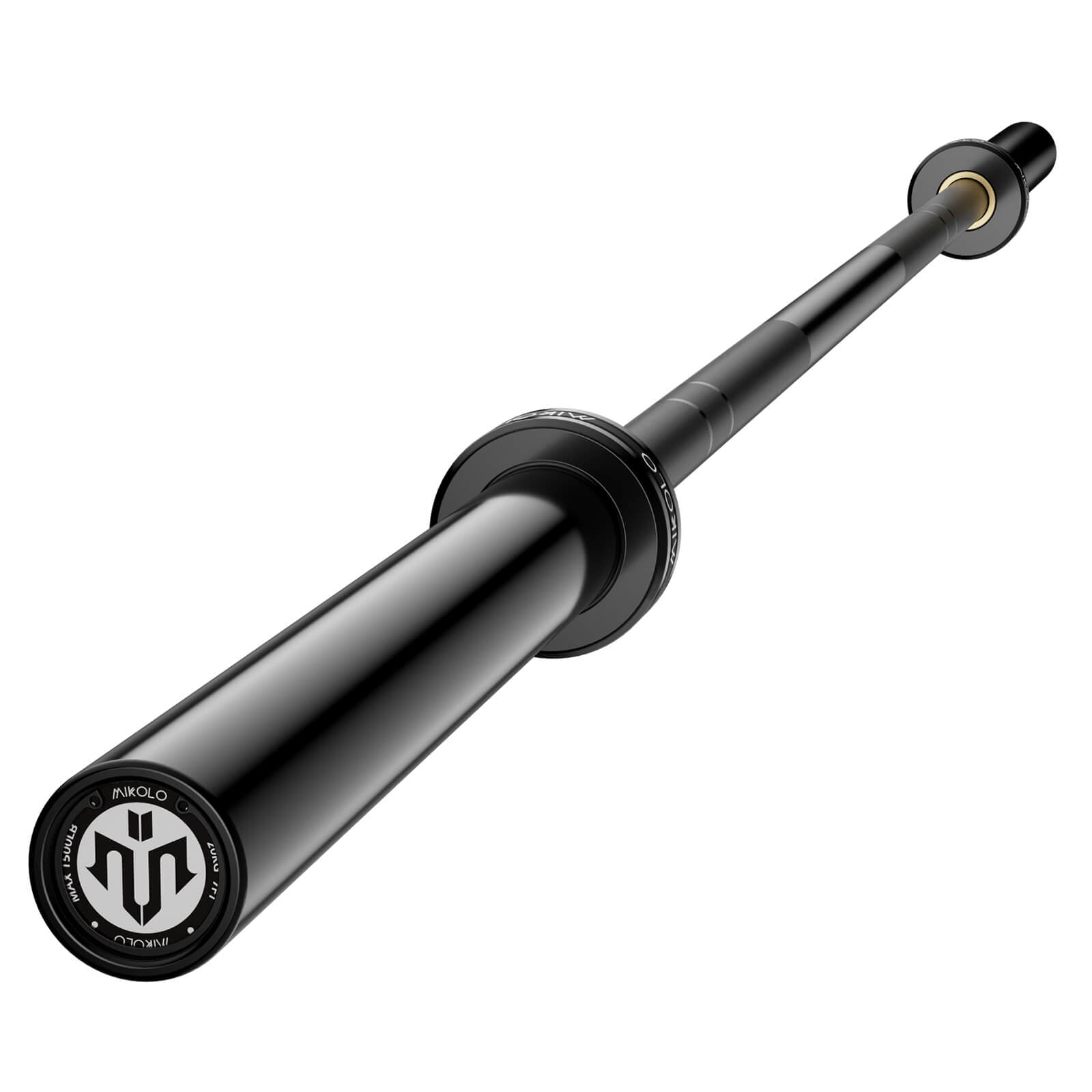
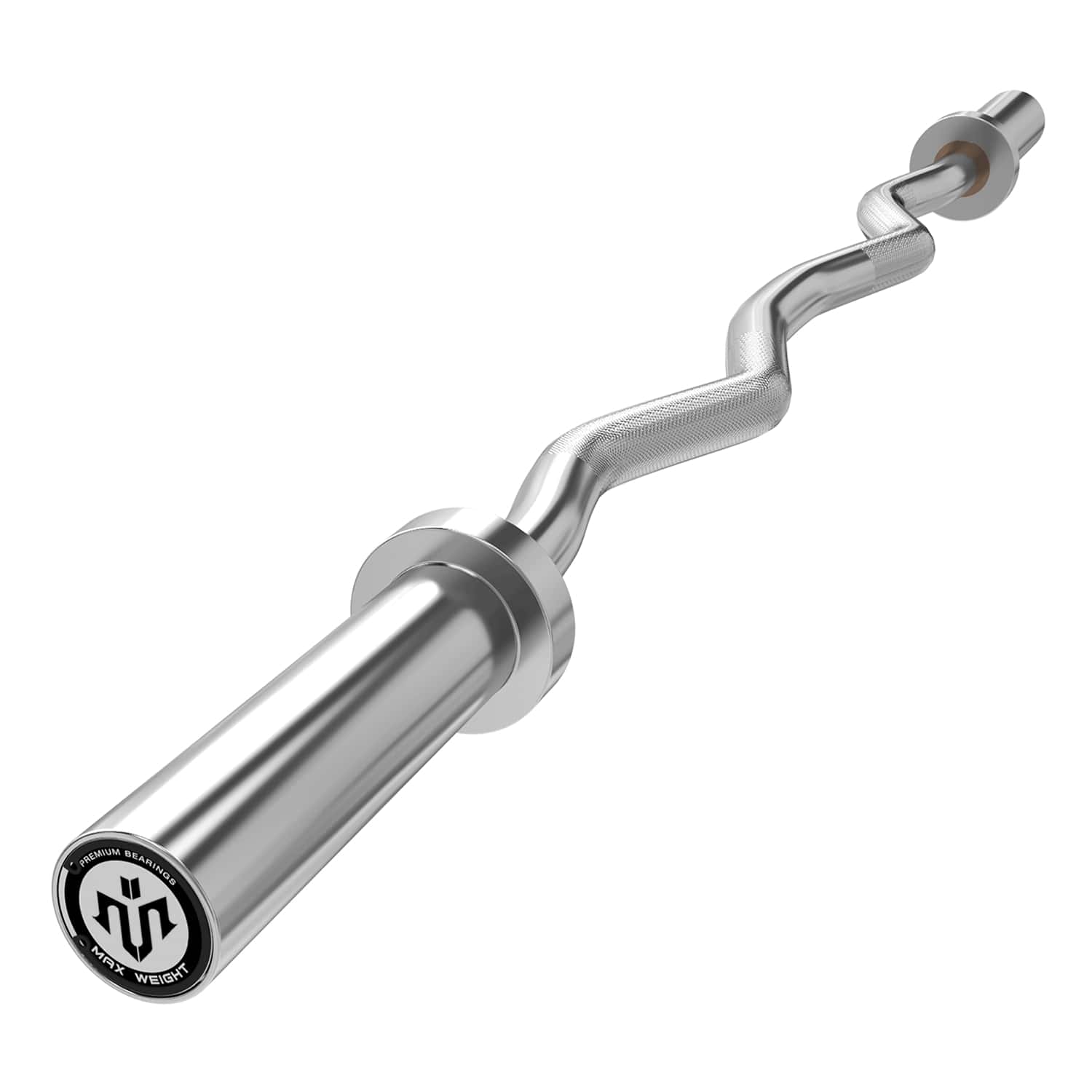



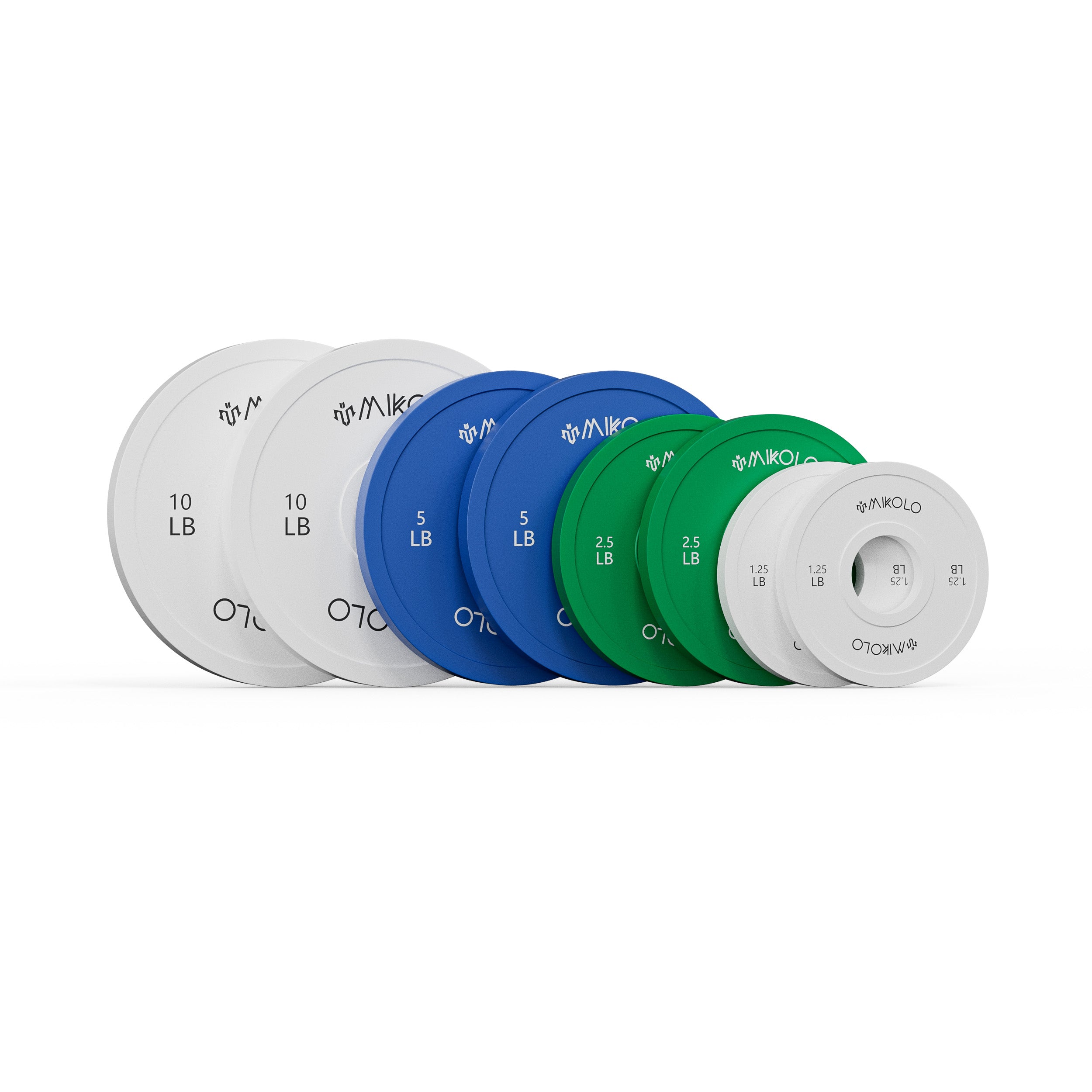



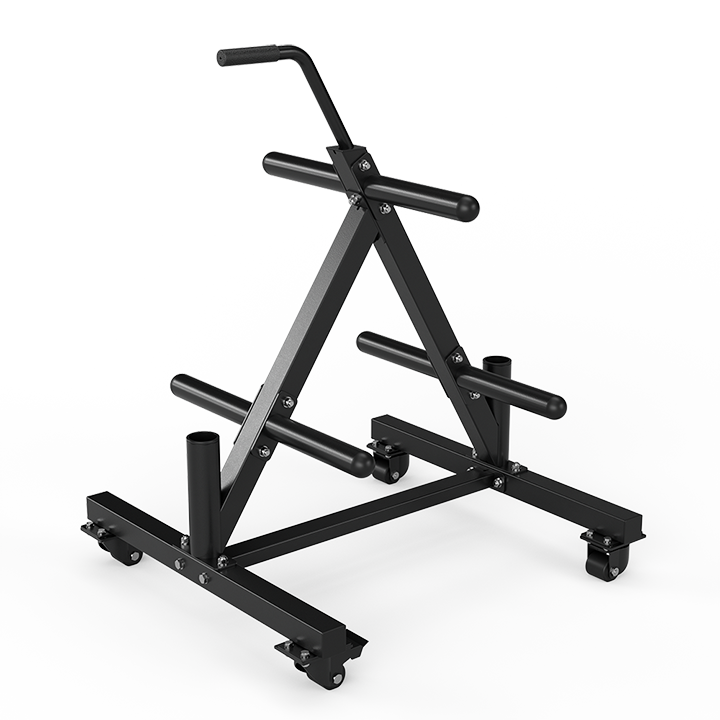





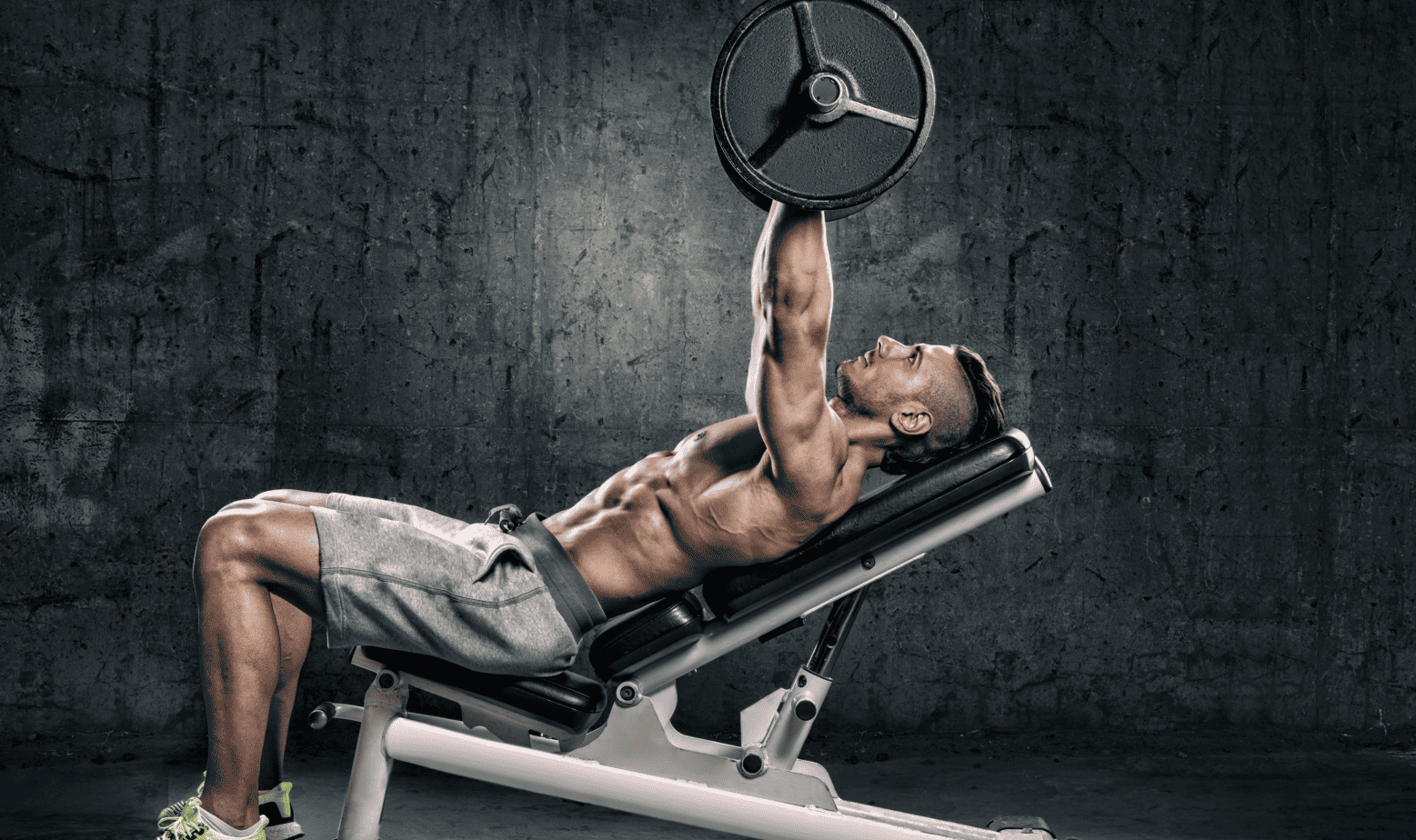
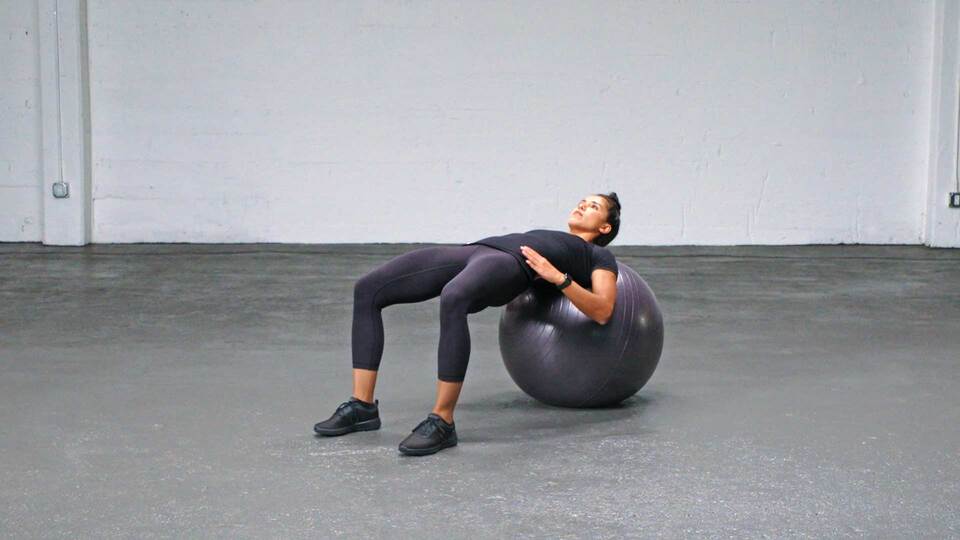
Leave a comment
This site is protected by hCaptcha and the hCaptcha Privacy Policy and Terms of Service apply.